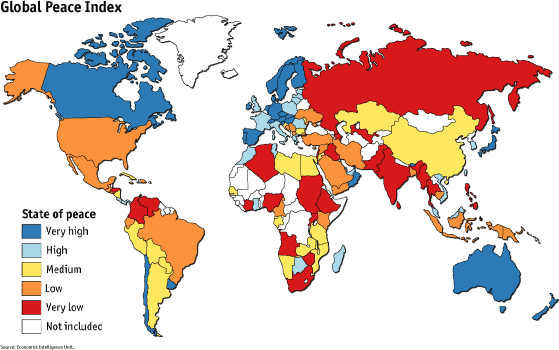DPF has a typically disingenuous exercise in which he compares the effects of Kiwi Saver to National's proposed 2005 tax cuts, and concludes that Kiwi Saver helps the rich:
For someone on $100,000 there is not much difference. National's tax cuts would give you $4,770 and Kiwi Saver $5,040.
But go to a Marketing Manager on around $130,000. Under National they get $4,770 and Labour gives them $6,240. That is around $1,500 more.
Of course, this glosses over a very important point: most of the benefit in Kiwi Saver comes not from the taxpayer, but from matching employer contributions which naturally rise with income. Rather than being a tax cut, it is instead a redistributive policy, aimed at channeling money from employers to workers. As for the government's contribution, the $20 / week cap on matching contributions makes it clear that they are firmly aiming their assistance at the 50% of New Zealanders who earn less than $25,000 a year.
DPF does raise an interesting question though - how do the benefits compare? Here's a quick graph, whipped up from the spreadsheet Anita did on National's tax cuts back in 2005. Unlike DPF, who consistently shows no interest in the 80% of New Zealanders who earn less than $50,000 a year, and instead focuses his "who benefits" exercises on the 3.5% who earn more than $100,000 a year (otherwise known as "ACT's base"), I've shown the range of incomes from $15,000 to $150,000:

Kiwi Saver consistently delivers more to people than National's programme of tax cuts would have, and (thanks to government contributions) substantially more to those on lower incomes. And it does all of this without causing inflation, or compromising the government's ability to fund public services such as health, education, and social welfare.








